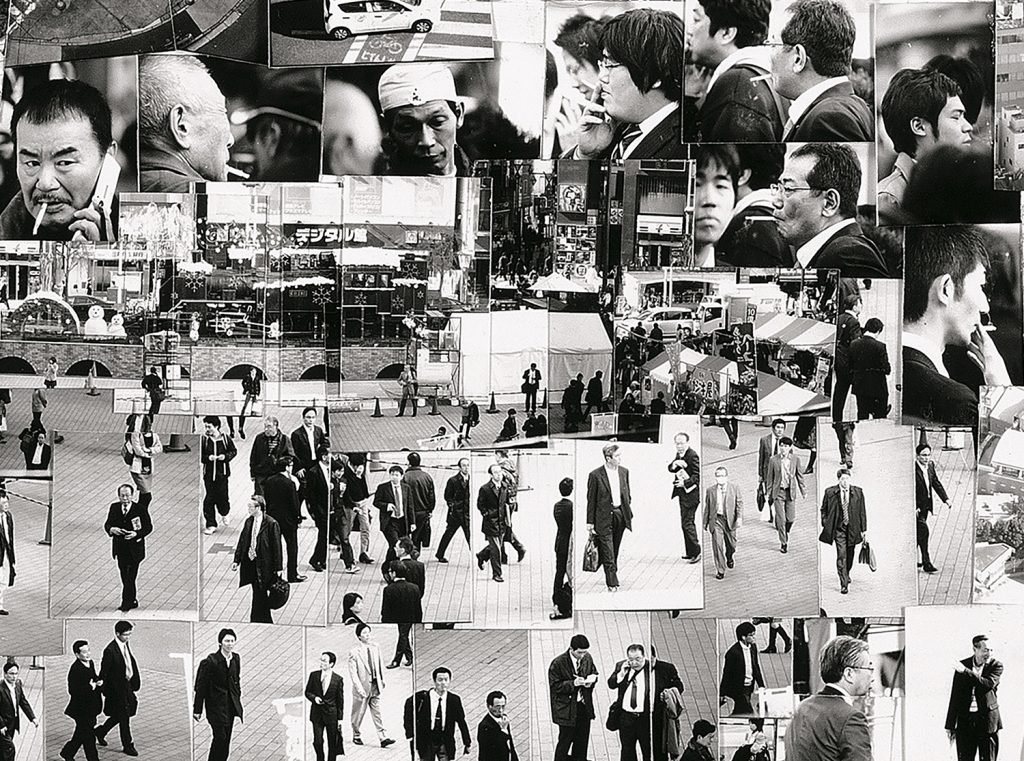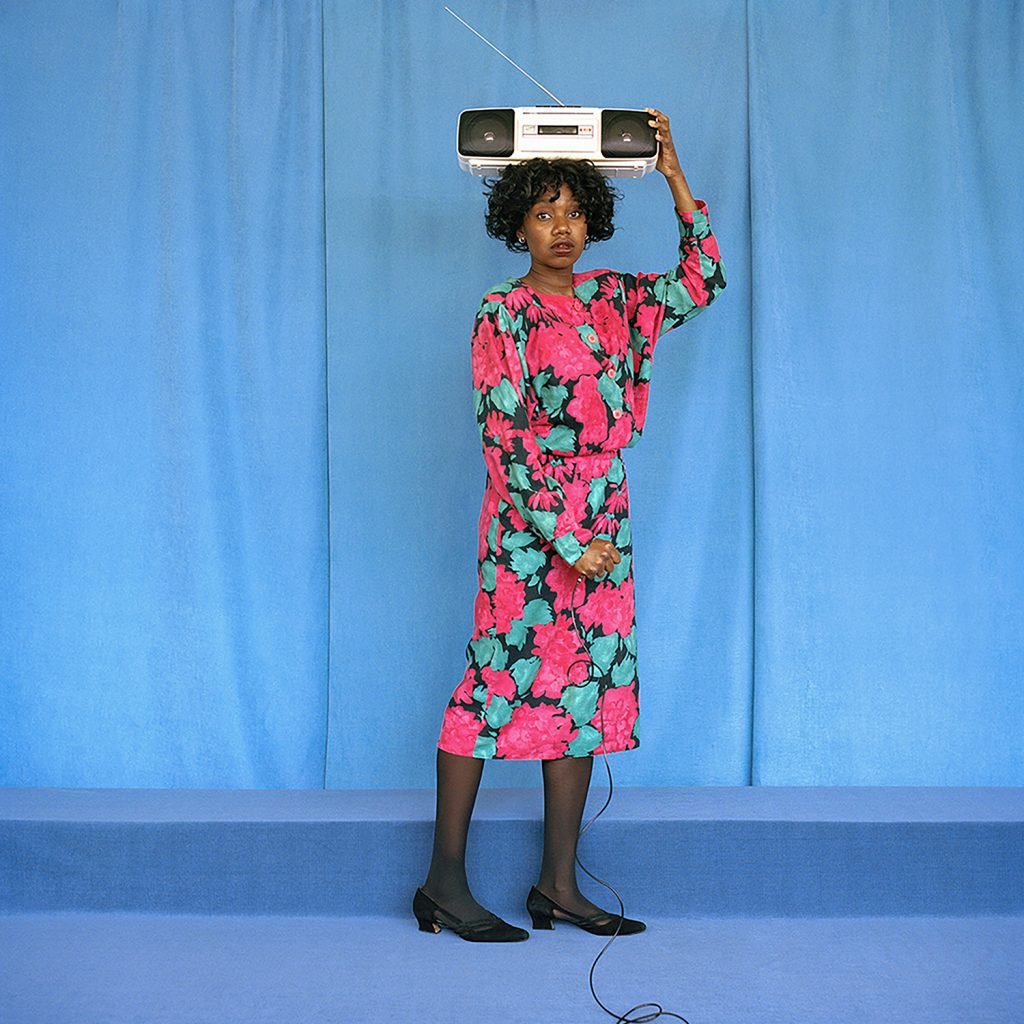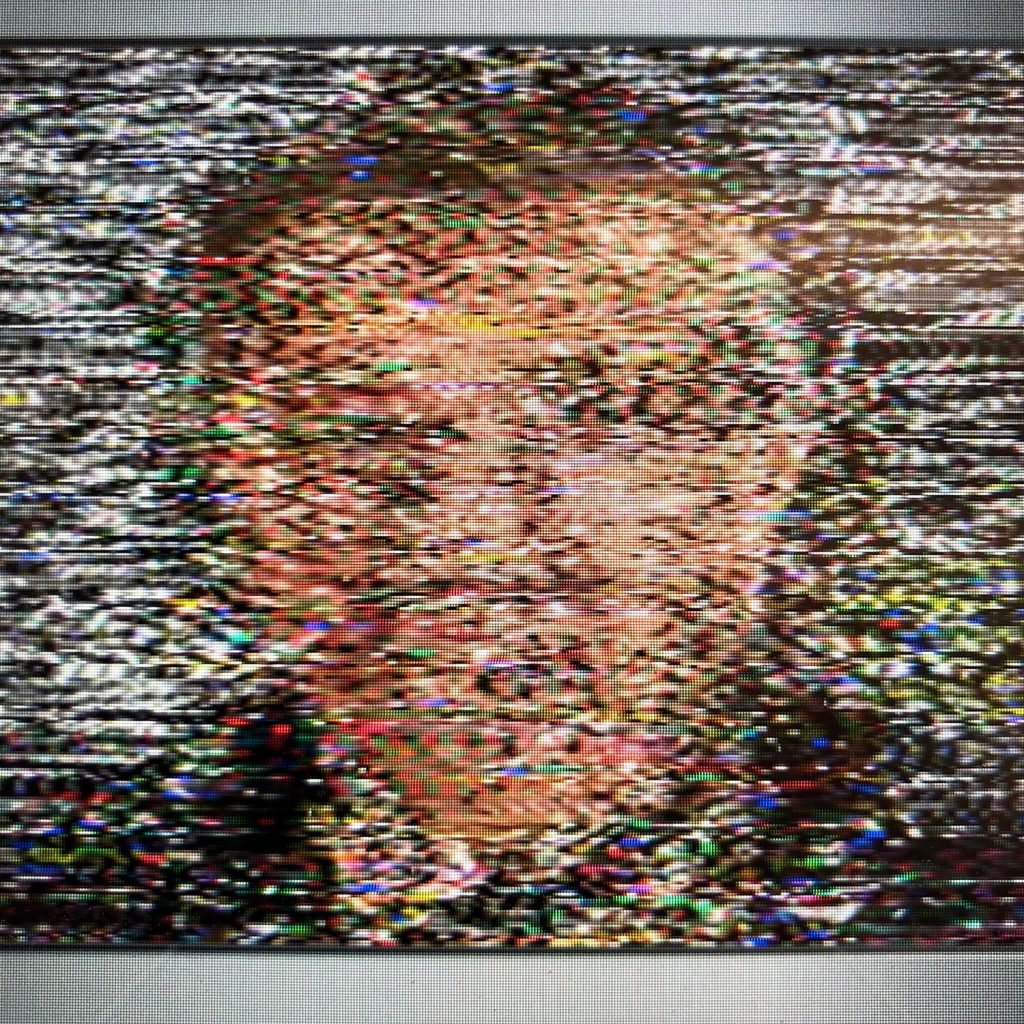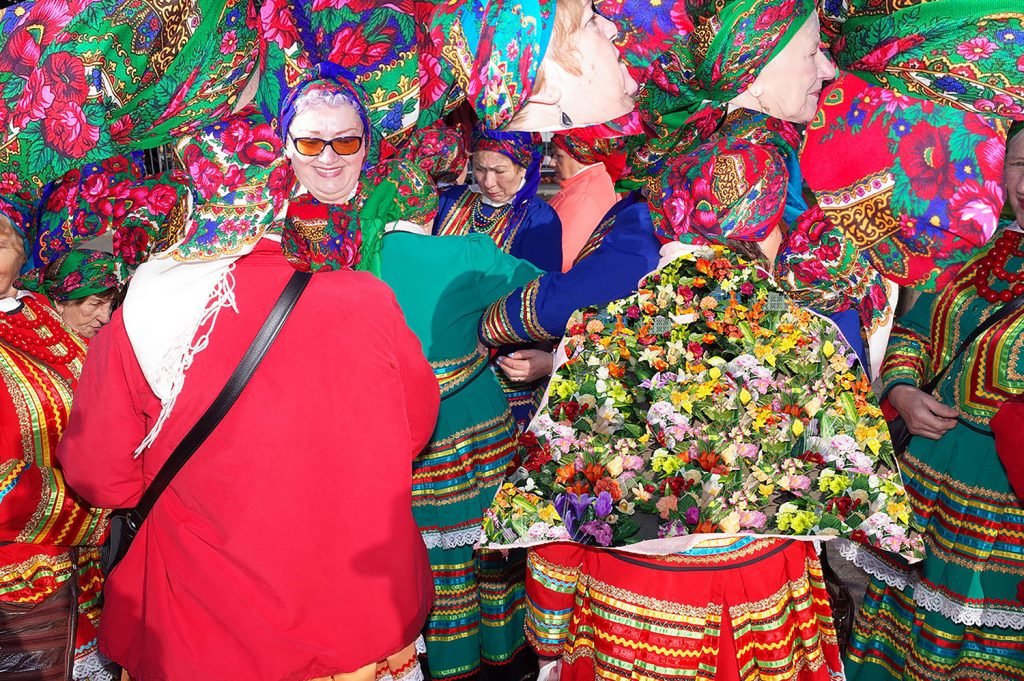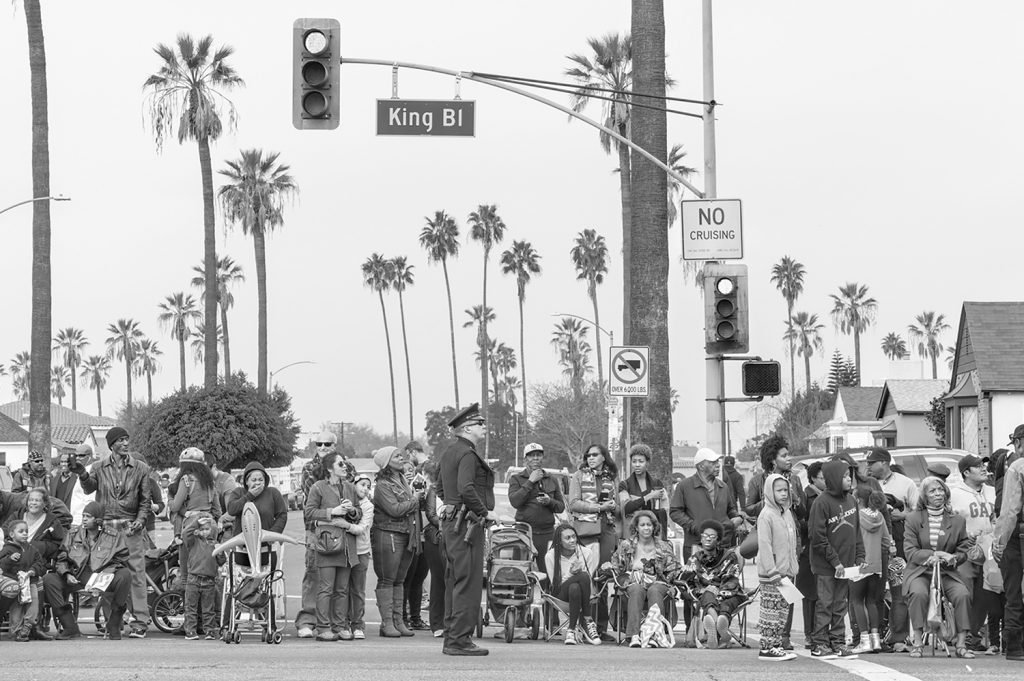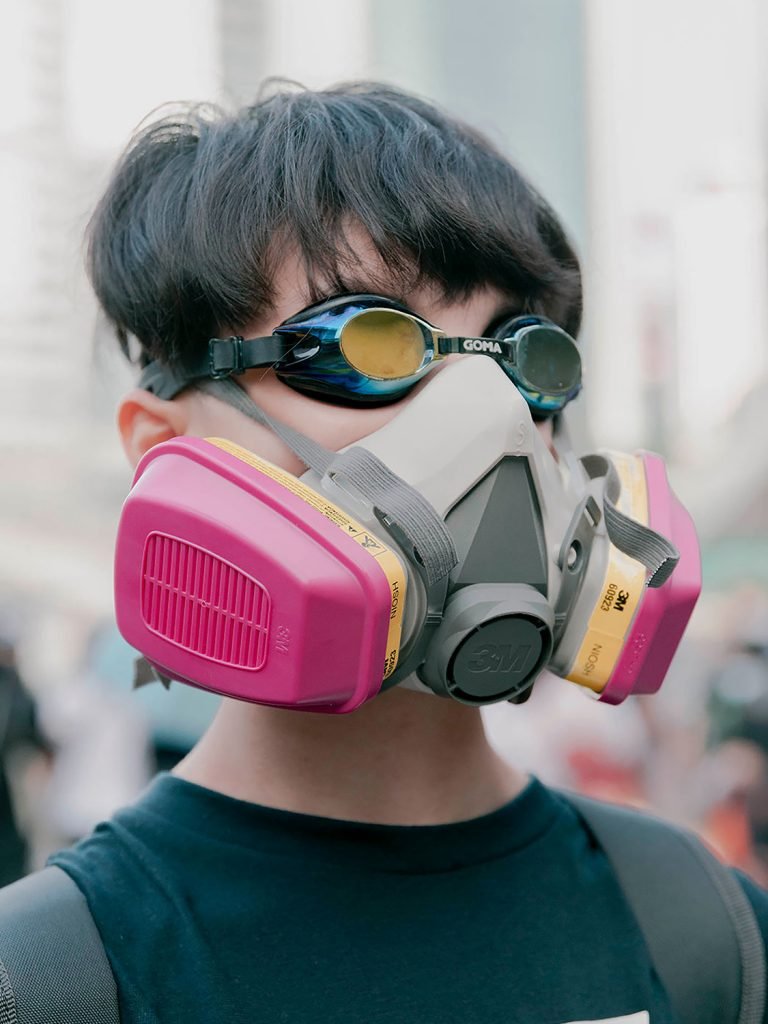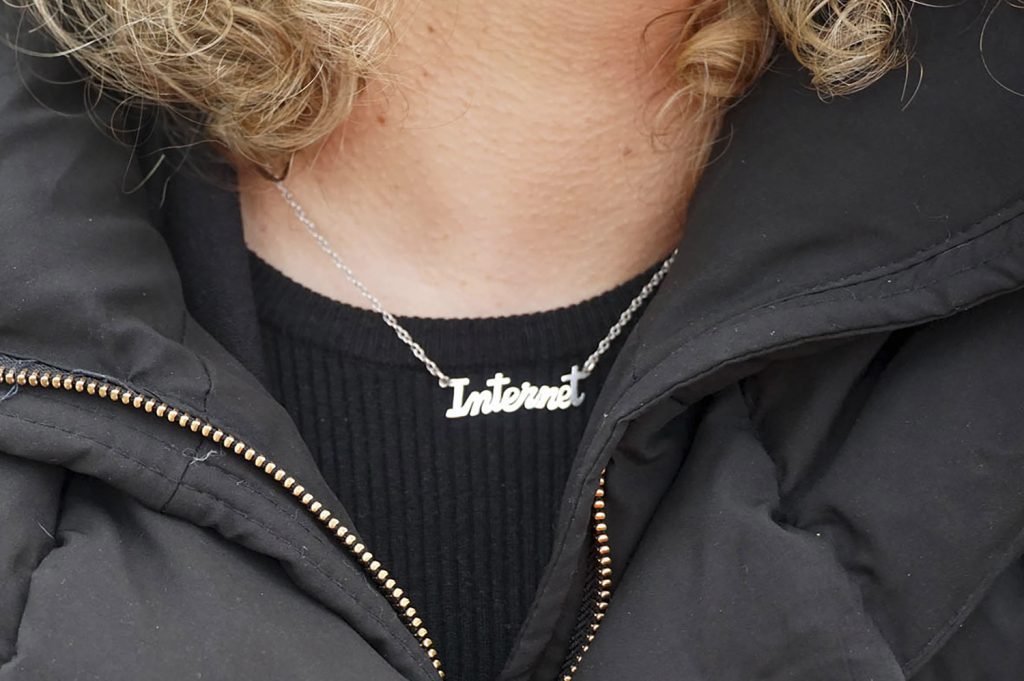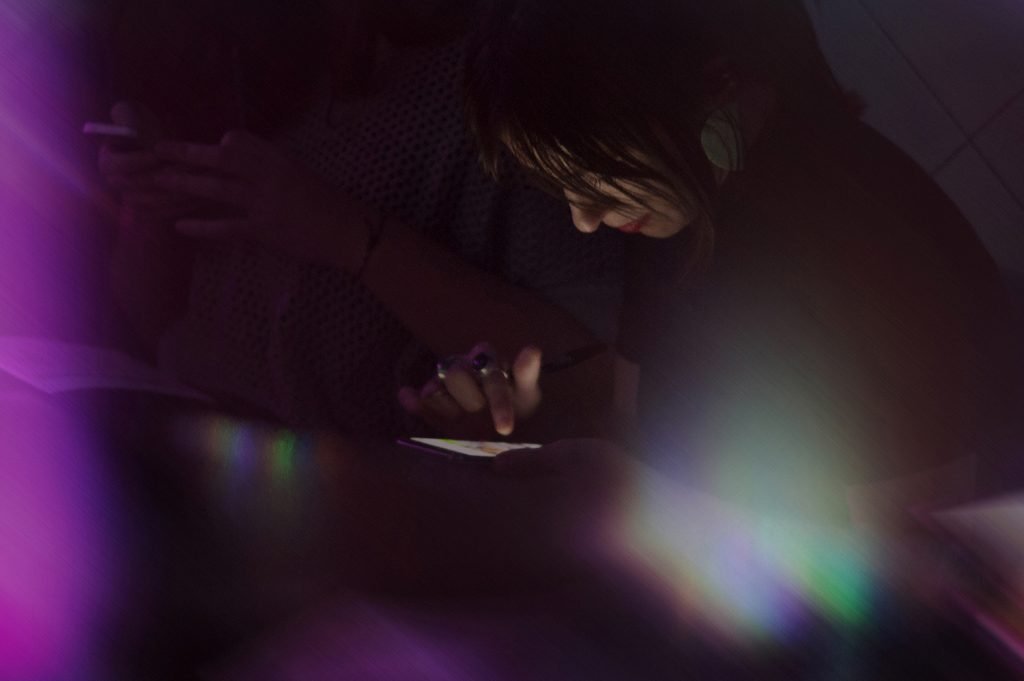Elena Rebecca Rivolta: Hello Jon Uriarte. This is your first year curating Getxophoto and we’re thrilled to discover what you’re up to. What will you bring to this new edition of the Festival and how is this 14th edition going to differ from the past?
Jon Uriarte: This year’s edition is going to be different for obvious reasons. The impact of Covid-19 has been already huge and we still haven’t reached the recession that is coming up next. As the number of infected and dead was high in Spain, the lockdown was specially long and strict. However, we are lucky and very happy to say that Getxophoto is going to take place and I want to personally thank the team for the hard work they are doing to make it happen despite all the difficulties. I also want to send a message of solidarity to all the festivals and colleagues that have been forced to postpone or cancel their events.
Besides the impact of the pandemic, the aim of this year’s editions is to make it participative, hybrid, sustainable and committed. In terms of participation I think that the photography world and specifically the festivals should seek for a much more closer and horizontal relationship with their audiences. There should be much more to offer during a festival than just listening and looking at the work that photographers do. In a time when everyone makes, shares and looks at photographs we should acknowledge and celebrate the possibility that other cultural mediums do not enjoy. This is the reason why is why we have invited the people from Getxo to take part in “Share your Screen”, sending us screenshots of video calls they had during the lockdown that we will instal in the façade of the communication department building of the town. We have opened a Facial Instagram Filter contest offering a 400€ prize and we are also about to open a popular call in collaboration with the commercial shops and business’ of the town. Also, a few of the projects and events that we will be hosting such as the Internet Tour with Mario Santamaría or the Public Poster Protest among many others are highly participative. On the same note, we also held an open call for artists that got more than three hundred submissions from all over the world, from where a jury selected four works.
We are continuing to use the iconic and traditional installations of the festival in the streets and unconventional physical spaces of the town. On top of that, we are expanding the reach of Getxophoto to the Internet. The aim is to use the online space not only as a means of communication or promotion but as a space where visual culture takes place. For example, works by Victoria Ascaso, Hiru Kolektiboa and Estampa will explore that area.
Lastly, we will be also taking very seriously the issues that are happening in the world right now and that are taking people to protest “To The Streets!”, which is the theme of the 2020 edition. Those issues include the climate emergency, which is maybe the most serious upcoming problem of all, as well as racism and patriarchy, probably the oldest and more worrying human inequality struggles.
ERR: GetxoPhoto is well known for its unconventional way of exhibiting in relation to public and open spaces, attitude that is particularly suitable for current limitations. How has the world pandemic situation influenced your exhibition program?
JU: I proposed “To The Streets!” as 2020 theme months before the pandemic, as a way to respond to the social unrest climate that was already present. At that point we were already working to exhibit projects that would focus on social inequalities, climate emergency and identity struggles. The impact of the pandemic and also the worldwide reaction to the horrific assassination of George Floyd has pushed the agenda that we already had in mind even further.
I also proposed it to be highly participative inviting people to regain and inhabit the public space, as a way to recover the physical and online streets from the privatization and homogenization that both spaces have been facing over the last decades– Getxophoto has been already pushing for the occupation of the streets for cultural purposes since its first edition. On that sense, we wanted that the digital space would be also explored in different ways, using it as an exhibition and interaction space as such.
In a time when physical interaction and space has been heavily limited by the lockdown, the online exchange and exploration has expanded. The balance between physical and online suddenly turned upside down, making everyone aware that those are not opposite spaces but expanded and related instead. We want to reinforce that feedback loop during the festival, showing works that will take us from the physical to the digital and the other way around. Those projects will be hosted at Getxophoto’s website, from where visitors will be able to watch, listen, create, interact and download.
Even if the health restrictions provoked by the coronavirus are making things difficult in terms of physical participatory activities, the Getxophoto team is working hard to keep them. We’ve been also working to include works and activities that document the lockdown, such as “Share Your Screen”, as well as projects that reflect the social distancing and the new ways to inhabit the public space under the influence of the pandemic. Even if we will be having works on the impact of the human consumption on the environment, such as “Waste Wastes” by Mentalgassi and Getxophoto recently got a Sustainable Festival Stamp of the Basque Goverment, I’m afraid that this might be the topic that has lost the most weight in the programme from the pre-covid time. Which very worryingly reflects on what is going on the society at large.
ERR: To the streets! is the main theme of GetxoPhoto 2020. In relation to the previous question, this seems quite an accurate topic for this particular moment in history. Can you tell us more about the reflections and intention beneath this “premonitory” choice?
Who could have thought all the meanings that “To The Streets!” would enclose back in the early autumn 2019 when I proposed it? I strongly believe that yearly festival should reflect on the main concerns of the society during each particular year. But so many things had happened over the last year that could and should be included in relation to the theme that I have to admit that it’s been quite difficult to keep the programme balanced.
The original idea was to focus on the public physical and online space as a place to inhabit freely and equally. We wanted to focus not only on all the protests that were already going on, but also on it’s possibilities as a shareable space to inhabit. As I’ve been in visiting the festival since the first time I went there to show my work a few years ago, I also wanted to pay homage to the fantastic work that Getxophoto has been doing over its 14 years of history taking people out to the streets. The pandemic and the lockdown has made it difficult to organise activities outodoors, as the human interaction suddenly has become something to be afraid of. But precisely that is why we now more than ever we should keep on working on that and the festival is making even a bigger effort to regain those spaces.
In terms of the identity struggles that are being protested on the streets, both the fight against structural patriarchy and racism are going to be present in Getxophoto. For example, Charlotte Scmitz’s collaborative work with sexual workers is an example of the first, while Felipe Beltran Romero’s focuses on the later. Also, Silvia Rosi’s Encounters series sit somehow not very far away from those topics, but from a very personal point of view. Thadeé Comar’s series on the Hong Kong protests of 2019 brings up the surveillance and contra surveillance techniques that protesters have created on that particular post-colonial limbo space.
We aim to also discuss and criticize how the public space is build, understood and experienced. It is important to highlight that when we talk about public space, we will be talking about both the physical and the online. Sohei Nishinos Diorama Maps, Mario Santamaría’s Internet Tour, Fragmentin’s 2199 virtual reality piece, Esther Hover’s False Positive or Estampa’s Worker 3409 will look into that.
Finally we also want to think about how the public space and the city transport has changed due to the impact of the coronavirus. Michael Wolf’s Tokyo Opression its a great example of that as it depicts pre-pandemic subway scenes that might feel very dangerous and scary from todays point of view.
ERR: Aran Calleja and Borja Crespo are the authors of this year edition’s soundtrack, organized into a playlist published – and frequently updated – on the Festival’s website. The role of music appears to be something new for the Festival, can you tell us more about it?
JU: Aran Calleja is a great musician and composer working on the film industry and Borja Crespo is a director and producer who has previously collaborated with Getxophoto. We are very happy to have them both creating the playlist that includes all kind of styles and rhythms that in one way or another are related to the streets. I’ve been listening it while working and I highly recommend it! Photography is the starting point of the festival but limiting the scope only to it, without acknowledging its strong relationship with other fields such as music, moving image, virtual reality or graphic design among others wouldn’t make any sense. Even if this is not music, I’m also very happy to say that we will be posting a series of podcasts discussing the public space by Radio Ambulante, an awarded latinamerican radio distributed by the National Public Radio of New York in the US. The podcasts will be available on Getxophoto’s website too.
ERR: Felipe Romero Beltrán, Thaddé Comar, Agnieszka Sejud and George Georgiou are the Open Call winners of this edition, selected over 329 participants. Would you like to tell us more about their projects and the evaluating process required to select them?
JU: It was not easy at all to choose the winners of these year’s Open Call. I’m happy to say that we received many interesting works related to the theme. It took us – the jury included Mirjam Kooiman, Sarah Leen, Emma Lewis and myself– a long time first going through every work, and then a few meetings to take the final decision. I want to thank you my three colleagues for all the time and effort that they put into it.
The four selected works reflect on various topics related to the public space. Felipe Romero Beltrán’s work focuses on police violence against black people in Spain. The Reducción series includes staged photographs, snapshots and appropriated images that hopefully will help highlight the audience of Getxophoto that racism not only takes place in the US but it is very present in many other countries worldwide and specifically in Spain.
Thaddé Comar’s project focuses on the protests that took place in Hong Kong in 2019. The technological battle between the police and the protesters, in which gaining the control over visibility and identification was as relevant as the subversion and public space occupation, shows how protest techniques are evolving nowadays. Also, a political scenario that is still very present, now that the Chinese pressure on the former British colony seems to be increasing again.
Agnieszka Sejud’s work explores both the physical and online public space and how they interact in a particular scenario in time and history. Hoax tackles how the politics in Poland have been deeply influenced by the online propaganda; a circumstance that will most definitely sound familiar in other countries over the world.
George Georgiou’s photographs show an unusual view of the public space in the US, a country in which the streets out of the big cities are usually empty. His work shows them filled with people instead, people from different neighborhoods and social spectrums, that during the diving mandate of Donald Trump are depicted sharing a common public space.
ERR: As a first approach to this reality – besides your great and multifaceted professional experience – the world situation asked you to be more creative than ever. Faced with this, which considerations can you share with us about this experience?
I think that it is still too early for me to have some sort of consideration of everything that is currently happening. I feel very privileged to have a job working in what I like. Of course last months have been very stressful not only because of work, mainly because of the personal circumstances of family and friends and the uncertainty that is surrounding us all. The pandemic, the lockdown and the social unrest in which we live in is changing both the way in which we work and live.
Besides curating Getxophoto, I also work as curator of digital programmes at The Photograhers’ Gallery in London. Since the gallery closed its doors, the small digital programmes team of TPG has been working hard to transform the projects that we had planned to show in the Media Wall to be shown online. At the same time we have launched the Screen Walks, a new collaborative projects with Fotomuseum Winterthur. Combining working at TPG and Getxophoto, even if both works are part-time and I could do that from home, has been challenging.
ERR: Although every prediction seems uncertain, how do you think the future of photography festivals will be from now on, and in particular, what about your upcoming years with GetxoPhoto?
JU: Again, I think it is too early for me to reply to this question. I’m so focused on the current edition of Getxophoto, that even if I have some vague ideas about the next one, I’m not ready to share them yet.
In relation to the future of photography festivals, I’m not sure if I’m the one to answer this question as this is my first experience curating one. All I can share is what I would like to see happening and I’m working on. I hope that the critical process that society at large is going through will also take place across festival. Photography festivals have a lot to improve in terms the structural patriarchy and racism that is very present in our organizations, as well as uncovering the role that photography has historically had and still has on those issues. We also should take our impact on the environment much more seriously than what we’ve done until now.
There is plenty to explore about what the digital and the online spaces can offer to experiment with images, as well as to criticize how they are operating already. Thinking on photography just as a visual surface without acknowledging the networked and automated economies and cultures in which they are located, is too anachronistic and even dangerous for a healthy visual culture.
I also think that changing the way in which we usually treat audiences –as passive bodies– and photographers –as untouchable idols to listen and admire– should change. On that note, festivals have to improve on reaching audiences who are not familiar with the photo-world. In my short experience visiting international festivals I have had the feeling –I might be wrong– that we mostly reach a closed circuit of photographers and curators. Not paying so much attention on the how each festival is positioned in the photo-ghetto and looking into how the closest community to where the festival takes place engages with it should be the priority.
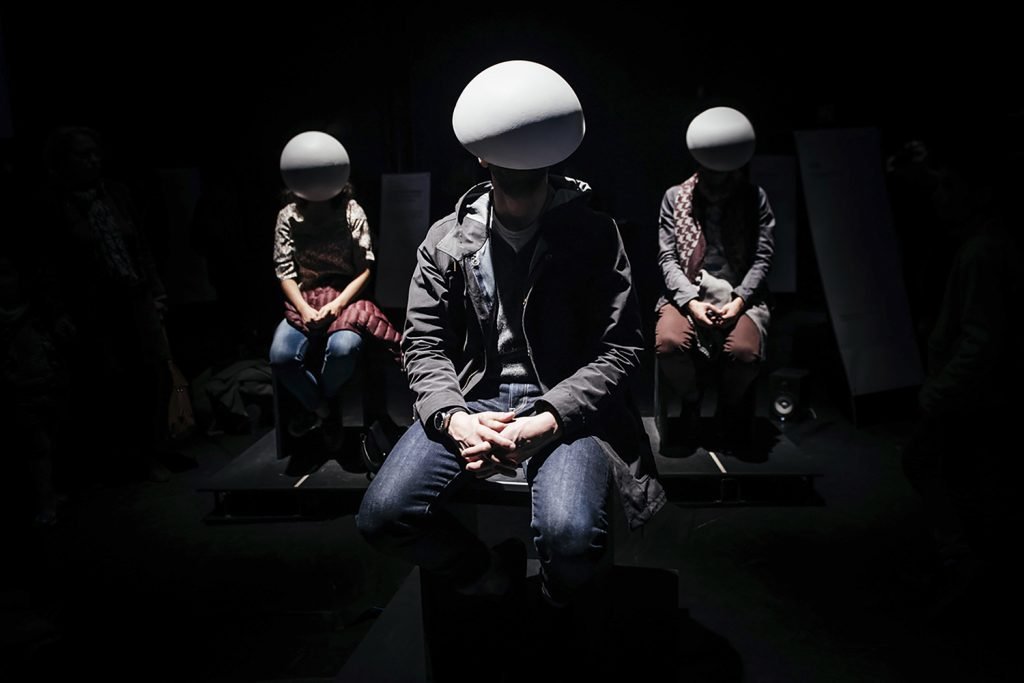
Fragmentin, 2199

